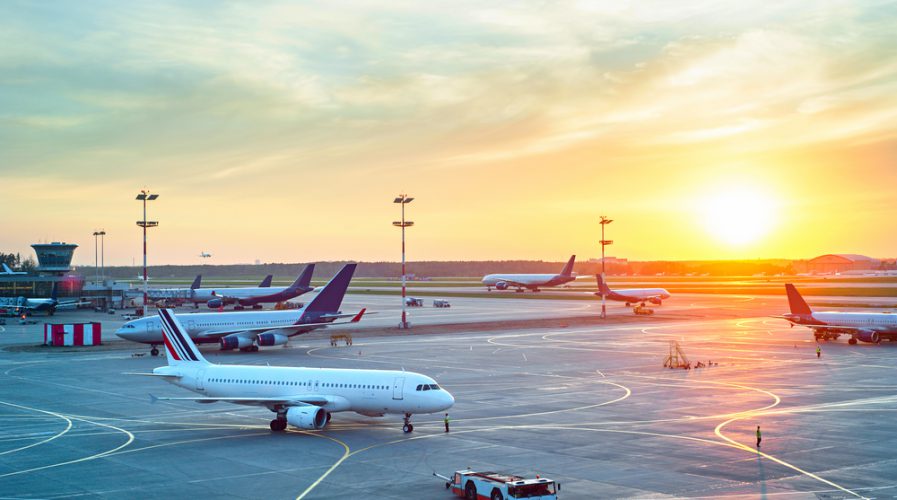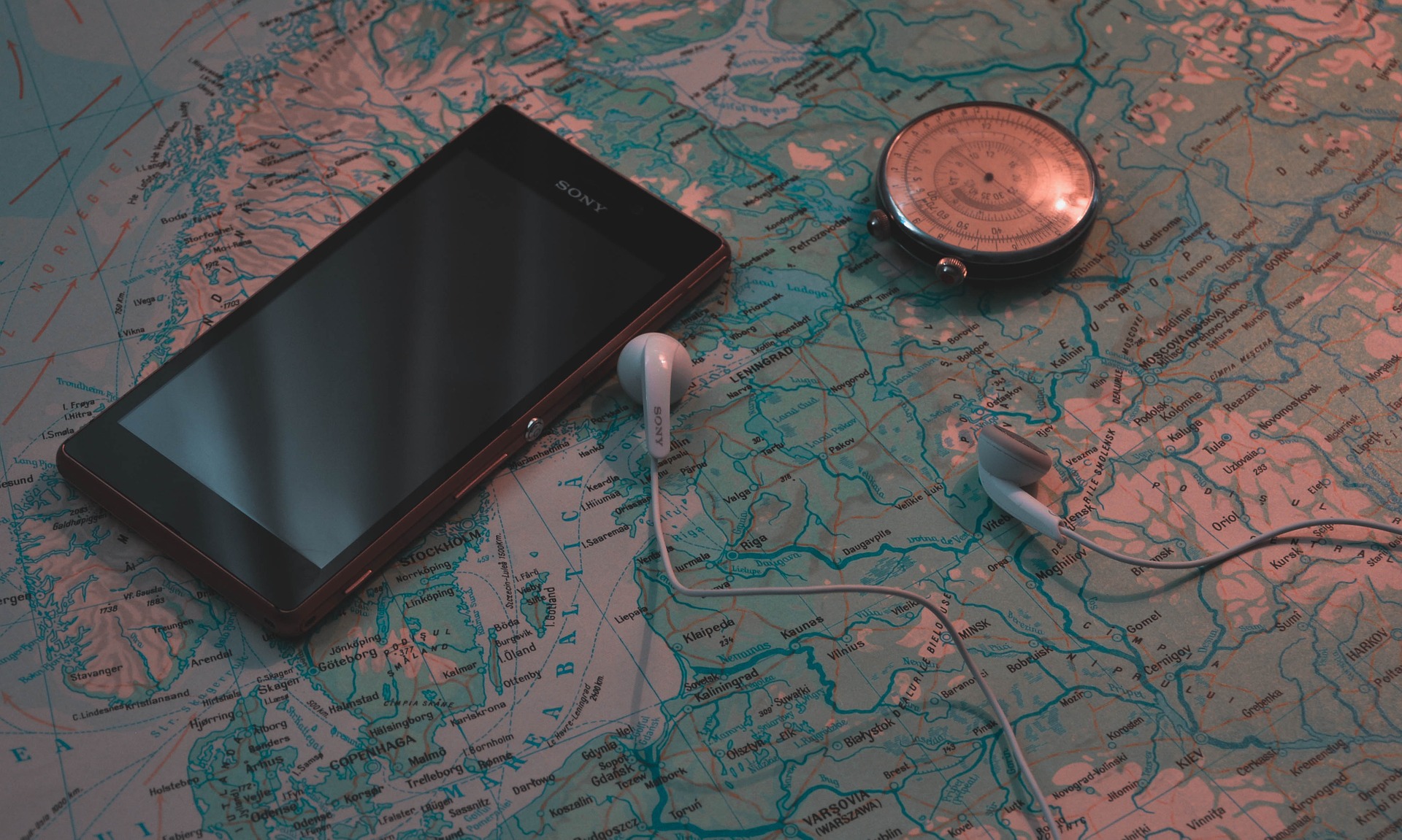
Pic: joyfull/Shutterstock
India: Aviation industry to increase tech investment to keep up with passenger growth
BUDGETS for tech spending in India’s rapidly expanding aviation industry is expected to increase over the next three years, in order to stay on top of predictions that passenger traffic will double to 370 million by 2020.
According to Travel Daily News, this surge in growth will put India as the third largest aviation market in the world. Citing a report by SITA, the world’s leading air transport IT and communications specialist, all Indian airlines expect to see an increase in IT budgets in 2017.
India’s confidence in this area is distinctive from the rest of the world – just over half of airlines globally expect an increase, with about a third seeing no change, and the rest are getting ready for a decrease in their IT budgets.
SEE ALSO: India and Vietnam sign nuclear, aviation, and energy agreements
At the India ICT Aviation Forum 2016, SITA’s vice president of India and Subcontinen, Maneesh Jaikrishna, was quoted saying: “Rapid growth is a positive challenge for India. While many Indian airlines and airports lag the rest of the world in the use of technology, there is tremendous opportunity and desire among air transport executives to bring the country in line with the rest of the world.
“This vital investment in technology will ensure that India can fully capitalize on the growth we expect to see in the next few years,” he continued.
India became the world’s fastest-growing aviation sector after 1994, when de-regulation removed the government’s monopoly on national air carriers and imposed strict aviation policies.
The country is also keen to handle the passenger growth with care, as travel and tourism are expected to contribute US$280.51 billion to GDP by 2026. Business and leisure travel is also something they are looking to capitalize on, given research from the Airport Authority of India shows that business travel spending is expected to increase to US$39.88 billion in 2026 from US$19.9 billion in 2016.

Pic via Pixabay.
83 percent of airports in India plan to implement major passenger self-service programs by 2020 to deal with the passenger volume with more efficiency – such as self-tagging luggage or self-check-ins.
Tapping into the customer’s love of mobile is also key in India’s aviation future. According to SITA, 98 percent of Indian passengers carry a minimum of one mobile device, and over the next three years, 80 percent of airlines along with 67 percent of airports are planning to develop mobile services for passengers to use.
SEE ALSO: Could virtual payment take off among business travelers?
Jaikrishna added: “The good news is Indian passengers prefer to use technology in their everyday lives. This is aligned with SITA’s global findings that travelers prefer to use technology than face-to-face interactions across the travel steps.
“As airports and airlines introduce new self-service options – particularly mobile services – the industry can be assured that passengers will use them.”
READ MORE
- The criticality of endpoint management in cybersecurity and operations
- Ethical AI: The renewed importance of safeguarding data and customer privacy in Generative AI applications
- How Japan balances AI-driven opportunities with cybersecurity needs
- Deploying SASE: Benchmarking your approach
- Insurance everywhere all at once: the digital transformation of the APAC insurance industry
